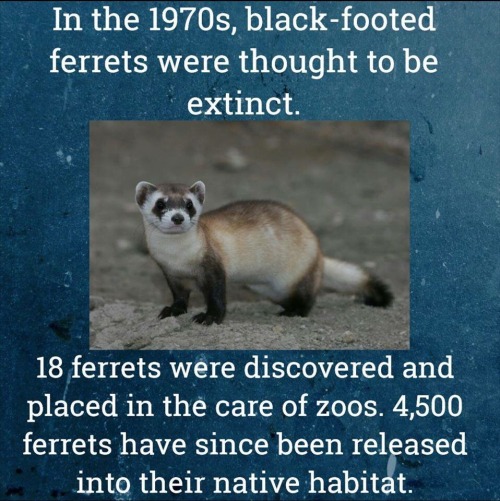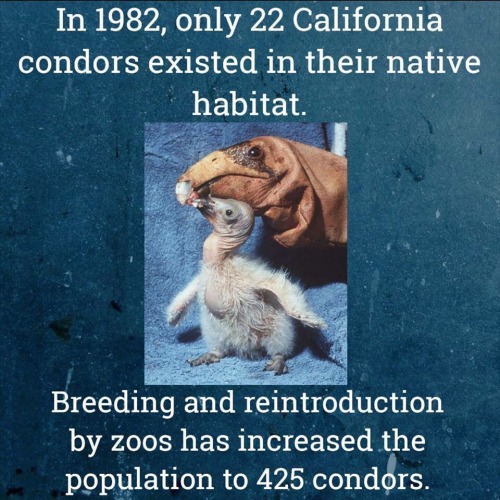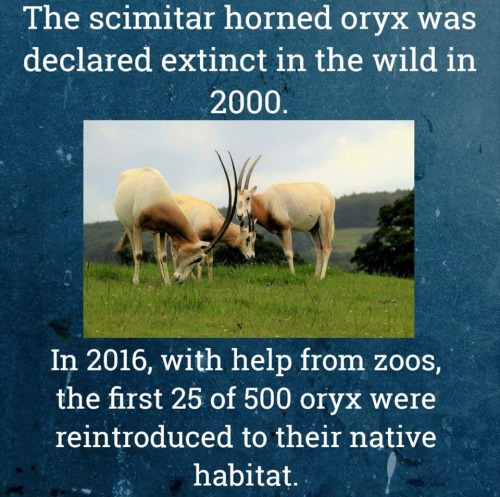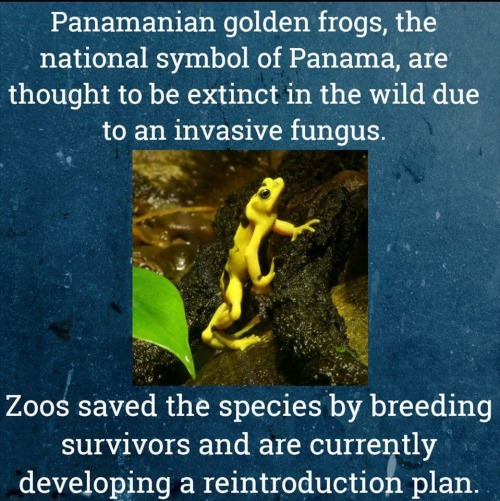A Researcher Wrote About Why Neural Networks Like Picdescbot Hallucinate So Many Sheep – And Yet Will
A researcher wrote about why neural networks like picdescbot hallucinate so many sheep – and yet will miss a sheep right in front of them if it’s in an unusual context. Enjoy!
More Posts from Science-is-magical and Others
New technique captures the activity of an entire brain in a snapshot
When it comes to measuring brain activity, scientists have tools that can take a precise look at a small slice of the brain (less than one cubic millimeter), or a blurred look at a larger area. Now, researchers at The Rockefeller University have described a new technique that combines the best of both worlds—it captures a detailed snapshot of global activity in the mouse brain.

(Image caption: Sniff, sniff: This density map of the cerebral cortex of a mouse shows which neurons get activated when the animal explores a new environment. The lit up region at the center (white and yellow) represents neurons associated with the mouse’s whiskers)
“We wanted to develop a technique that would show you the level of activity at the precision of a single neuron, but at the scale of the whole brain,” says study author Nicolas Renier, a postdoctoral fellow in the lab of Marc Tessier-Lavigne, Carson Family Professor and head of the Laboratory of Brain Development and Repair, and president of Rockefeller University.
The new method, described in Cell, takes a picture of all the active neurons in the brain at a specific time. The mouse brain contains dozens of millions of neurons, and a typical image depicts the activity of approximately one million neurons, says Tessier-Lavigne. “The purpose of the technique is to accelerate our understanding of how the brain works.”
Making brains transparent
“Because of the nature of our technique, we cannot visualize live brain activity over time—we only see neurons that are active at the specific time we took the snapshot,” says Eliza Adams, a graduate student in Tessier-Lavigne’s lab and co-author of the study. “But what we gain in this trade-off is a comprehensive view of most neurons in the brain, and the ability to compare these active neuronal populations between snapshots in a robust and unbiased manner.”
Here’s how the tool works: The researchers expose a mouse to a situation that would provoke altered brain activity—such as taking an anti-psychotic drug, brushing whiskers against an object while exploring, and parenting a pup—then make the measurement after a pause. The pause is important, explains Renier, because the technique measures neuron activity indirectly, via the translation of neuronal genes into proteins, which takes about 30 minutes to occur.
The researchers then treat the brain to make it transparent—following an improved version of a protocol called iDISCO, developed by Zhuhao Wu, a postdoctoral associate in the Tessier-Lavigne lab—and visualize it using light-sheet microscopy, which takes the snapshot of all active neurons in 3-D.
To determine where an active neuron is located within the brain, Christoph Kirst, a fellow in Rockefeller’s Center for Studies in Physics and Biology, developed software to detect the active neurons and to automatically map the snapshot to a 3-D atlas of the mouse brain, generated by the Allen Brain Institute.
Although each snapshot of brain activity typically includes about one million active neurons, researchers can sift through that mass of data relatively quickly if they compare one snapshot to another snapshot, says Renier. By eliminating the neurons that are active in both images, researchers are left only those specific to each one, enabling them to home in on what is unique to each state.
Observing and testing how the brain works
The primary purpose of the tool, he adds, is to help researchers generate hypotheses about how the brain functions that then can be tested in other experiments. For instance, using their new techniques, the researchers, in collaboration with Catherine Dulac and other scientists at Harvard University, observed that when an adult mouse encounters a pup, a region of its brain known to be active during parenting—called the medial pre-optic nucleus, or MPO—lights up. But they also observed that, after the MPO area becomes activated, there is less activity in the cortical amygdala, an area that processes aversive responses, which they found to be directly connected to the MPO “parenting region.”
“Our hypothesis,” says Renier, “is that parenting neurons put the brake on activity in the fear region, which may suppress aversive responses the mice may have towards pups.” Indeed, mice that are being aggressive to pups tend to show more activity in the cortical amygdala.
To test this idea, the next step is to block the activity of this brain region to see if this reduces aggression in the mice, says Renier.
The technique also has broader implications than simply looking at what areas of the mouse brain are active in different situations, he adds. It could be used to map brain activity in response to any biological change, such as the spread of a drug or disease, or even to explore how the brain makes decisions. “You can use the same strategy to map anything you want in the mouse brain,” says Renier.

Physicists Detect Gravitational Waves, Proving Einstein Right
On Thursday (Feb. 11, 2016) at 10:30 a.m. ET, the National Science Foundation will gather scientists from Caltech, MIT and the LIGO Scientific Collaboration in Washington D.C. to update the scientific community on the efforts being made by the Laser Interferometer Gravitational-wave Observatory (LIGO) to detect gravitational waves.
But why is this exciting? And what the heck are “gravitational waves”?
Keep reading
Reblog if you ARE a woman in STEM, SUPPORT women in STEM, or ARE STILL BITTER about Rosalind Franklin not getting credit for discovering the structure of DNA and the Nobel prize going to Watson and Crick instead.

whoa-o-o-o-o-oh-oh
WHOA-O-O-O-O-OH-OH
UPTOWN RAT
Today is Copernicus’s 540th birthday. You may remember Copernicus as the man who said “Hey, what if the Earth went around the sun?” To which the Catholic Church replied “Hey, what if we set you on fire?”
Neuroscientist Discovers Potential New Source for Pain Inhibition
A UT Dallas scientist has found a new neurological mechanism that appears to contribute to a reduction in pain.
According to Dr. Ted Price, associate professor in the School of Behavioral and Brain Sciences, the discovery of neuroligin-2 as a cause exacerbating chronic pain is significant for the research community. Although the findings likely won’t immediately lead to new pain therapies, the findings offer a potential new therapeutic direction to investigate, he said.
Price’s research on the topic has recently been published online in Pain, the journal of the International Association for the Study of Pain.
The study focused on the body’s inhibitory networks — a series of biochemical reactions that decrease certain neurological activity, such as pain. Price said a great deal of previous research in this area has focused on the activity of the neurotransmitter GABA, a chemical released by nerve cells in the brain.
Normally, a GABA neurotransmitter acts to inhibit neuronal activity, such as pain. However, when pain becomes chronic there is strong evidence that a process called GABAergic plasticity can cause GABA to lose its inhibitory activity, sometimes making the pain even worse.
The source of these excitatory actions in neuronal circuits has been broadly attributed to chloride ions, but Price’s research has found another potential cause of GABAergic plasticity: synaptic adhesion molecules called neuroligin-2.
“From a basic science perspective, we’re really excited about it because it demonstrates that the types of GABAergic plasticity that can occur in the setting of chronic pain are more diverse than we’ve appreciated before,” he said.
Price, who heads the undergraduate research program in neuroscience in the school, focuses much of his research on understanding the neuroscience behind pain, particularly chronic pain. He said individuals with chronic pain typically don’t receive the pain-reduction benefits delivered by inhibitory systems. Instead, they often experience increased pain.
“When you hit your hand with a hammer, almost everybody has the same reflex reaction — that is, to rub your finger which, in turn, helps to reduce pain. The reason that works is because it increases GABAergic inhibition in the spinal cord,” Price said. “However, people who have chronic pain — if they do the same thing — find that rubbing it actually makes the pain worse. That’s because the GABAergic system loses its efficacy and, in fact, can become excitatory.”
Price said the research is another step in determining why the GABAergic system stops working correctly in some people and provides a second theory for what drives the system.
“Having two ideas and different models will allow us to determine what the therapeutic opportunities are — creating something that will change that back to normal. The lack of performance in the inhibitory system is very detrimental to those who are in chronic pain,” he said.
Price said the development of chronic pain is, in essence, one’s body “learning” something that is bad.
“It’s changing the way the body functions — it’s learning. That learning, in the case of chronic pain, is aberrant — it’s causing the situation to get worse. If we can figure out what that form of learning was, then we can potentially reverse it. Understanding that the GABAergic system changes during this form of learning potentially offers a new therapeutic avenue,” he said.
-
 science-is-magical reblogged this · 6 years ago
science-is-magical reblogged this · 6 years ago -
 revolmp3 reblogged this · 7 years ago
revolmp3 reblogged this · 7 years ago -
 micabell liked this · 7 years ago
micabell liked this · 7 years ago -
 mister13eyond reblogged this · 7 years ago
mister13eyond reblogged this · 7 years ago -
 mister13eyond liked this · 7 years ago
mister13eyond liked this · 7 years ago -
 camalyng reblogged this · 7 years ago
camalyng reblogged this · 7 years ago -
 qvyens liked this · 7 years ago
qvyens liked this · 7 years ago -
 zeromorph reblogged this · 7 years ago
zeromorph reblogged this · 7 years ago -
 musicofthespheres reblogged this · 7 years ago
musicofthespheres reblogged this · 7 years ago -
 musicofthespheres liked this · 7 years ago
musicofthespheres liked this · 7 years ago -
 purplethebunny reblogged this · 7 years ago
purplethebunny reblogged this · 7 years ago -
 awraith liked this · 7 years ago
awraith liked this · 7 years ago -
 onichinus liked this · 7 years ago
onichinus liked this · 7 years ago -
 puffedspaghetti reblogged this · 7 years ago
puffedspaghetti reblogged this · 7 years ago -
 puffedspaghetti liked this · 7 years ago
puffedspaghetti liked this · 7 years ago -
 starlitsilver liked this · 7 years ago
starlitsilver liked this · 7 years ago -
 wern liked this · 7 years ago
wern liked this · 7 years ago -
 theshadowunicorn reblogged this · 7 years ago
theshadowunicorn reblogged this · 7 years ago -
 robotbird123 reblogged this · 7 years ago
robotbird123 reblogged this · 7 years ago -
 robotbird123 liked this · 7 years ago
robotbird123 liked this · 7 years ago -
 euclydya liked this · 7 years ago
euclydya liked this · 7 years ago -
 unknown-user-00111111 liked this · 7 years ago
unknown-user-00111111 liked this · 7 years ago -
 bluberieasid-blog liked this · 7 years ago
bluberieasid-blog liked this · 7 years ago -
 azapgar reblogged this · 7 years ago
azapgar reblogged this · 7 years ago -
 stroriesfromthenet reblogged this · 7 years ago
stroriesfromthenet reblogged this · 7 years ago -
 gatikmaverick reblogged this · 7 years ago
gatikmaverick reblogged this · 7 years ago -
 gatikmaverick liked this · 7 years ago
gatikmaverick liked this · 7 years ago -
 kyakus liked this · 7 years ago
kyakus liked this · 7 years ago -
 pastelblackbirds liked this · 7 years ago
pastelblackbirds liked this · 7 years ago -
 mightyoctopus reblogged this · 7 years ago
mightyoctopus reblogged this · 7 years ago -
 gelmedium liked this · 7 years ago
gelmedium liked this · 7 years ago -
 kitch-n-sync liked this · 7 years ago
kitch-n-sync liked this · 7 years ago -
 flitterly reblogged this · 7 years ago
flitterly reblogged this · 7 years ago -
 wovenstarlight liked this · 7 years ago
wovenstarlight liked this · 7 years ago -
 manyrabidrabbits liked this · 7 years ago
manyrabidrabbits liked this · 7 years ago -
 atosen reblogged this · 7 years ago
atosen reblogged this · 7 years ago -
 musical-engineer reblogged this · 7 years ago
musical-engineer reblogged this · 7 years ago -
 musical-engineer liked this · 7 years ago
musical-engineer liked this · 7 years ago -
 myluckispressed liked this · 7 years ago
myluckispressed liked this · 7 years ago -
 definitely-tomatoey liked this · 7 years ago
definitely-tomatoey liked this · 7 years ago -
 cudaprodigy reblogged this · 7 years ago
cudaprodigy reblogged this · 7 years ago -
 cudaprodigy liked this · 7 years ago
cudaprodigy liked this · 7 years ago -
 alliumbroth liked this · 7 years ago
alliumbroth liked this · 7 years ago -
 factorialrabbits reblogged this · 7 years ago
factorialrabbits reblogged this · 7 years ago -
 factorialrabbits liked this · 7 years ago
factorialrabbits liked this · 7 years ago -
 miasimiagoria liked this · 7 years ago
miasimiagoria liked this · 7 years ago


















